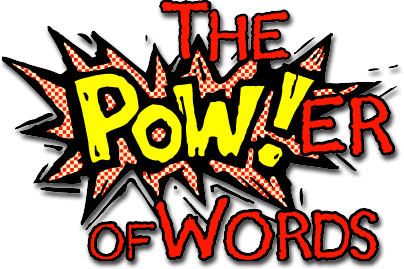What’s in a word…a phrase…a sentence…a paragraph? Frankly, quite a lot.

Language is more than spelling, punctuation, sentence structure and grammatical phrasing. Language is about tone, feeling, understanding; effectively communicating ideas and thoughts with other human beings.
We use language for specific purposes—and when that purpose is to persuade someone to do business with us—to trust us—we need to be smart about the language we use and how we use it.
I don’t care how much you know until I know how much you care
Potential customers must recognize, trust, and feel assured that you genuinely care about their needs. If we start a proposal or presentation by focusing on ourselves (the seller), it suggests that our main interest is in us. On the other hand, a sales message that quickly connects with the customer’s needs and goals conveys a different message—that we understand and care about their challenges and aspirations.
Have a conversation
We need to communicate with our customers—not at them. Our sales messages should be conversational, just like we’re sitting across from them having a friendly talk. Leave out the “business jargon” and use everyday language that feels natural. People prefer to do business with those they feel at ease with, and the way you speak helps create that comfort. Not lazy or filled with slang, but relaxed. It’s similar to having meatloaf for Sunday dinner; it’s not fancy, but it’s satisfying.
Change the focus
When selling, we too often focus on touting our products/services, business strengths and differentiators. If, instead, we move the conversation to discussing the things that the customer values—what they want to accomplish—we change the tone of our dialogue. We make the sales proposal a “you” document, not an “us” document. Of course the holy grail of sales discussion is when we make our proposals and presentations a “we” conversation—one where we show the value of how we, and we alone, can help the customer achieve their unique goals.
Give it a try
There’s not one set way or template to accomplish these communication goals. Every customer and every selling situation is different. But, if you keep these simple principles in mind and write your proposals accordingly, you will greatly enhance your chance of winning hearts, minds and business.
Avoid the 7 Deadly Sins of Proposal Writing
Download our eGuide to learn how to write sales proposals that win deals and avoid the 7 Deadly Sins of Proposal Writing.
